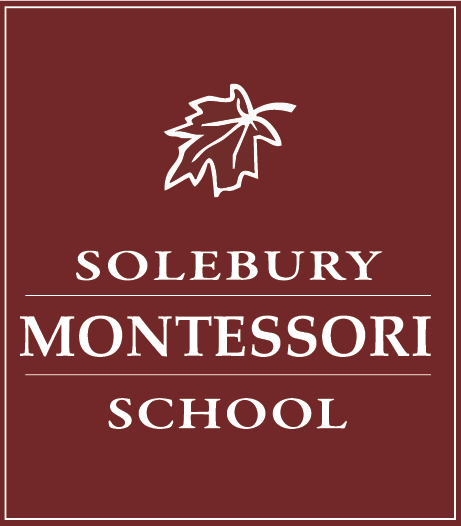
Language Arts
The Montessori language curriculum is structured to guide children through a natural progression from spoken language to reading and writing. At its foundation, the program emphasizes rich oral language experiences, engaging children in conversations, storytelling, and exposure to quality literature. These early experiences build vocabulary, listening skills, and a love for language.
A distinctive feature of the Montessori approach is the use of tactile materials, such as sandpaper letters and sandpaper sounds. Children trace these textured letters with their fingers while simultaneously saying the corresponding sounds, which helps them internalize the shape and sound of each letter through both touch and hearing. This multisensory method strengthens the connection between spoken and written language, making the process of learning to read and write more intuitive and engaging.
As children become familiar with letter sounds and symbols, the curriculum introduces activities that blend and segment sounds, laying the groundwork for phonemic awareness. Children then progress to forming words, constructing sentences, and eventually reading and writing independently. Throughout this journey, they are surrounded by quality literature and meaningful writing opportunities, which nurture comprehension, creativity, and a deep appreciation for language.
